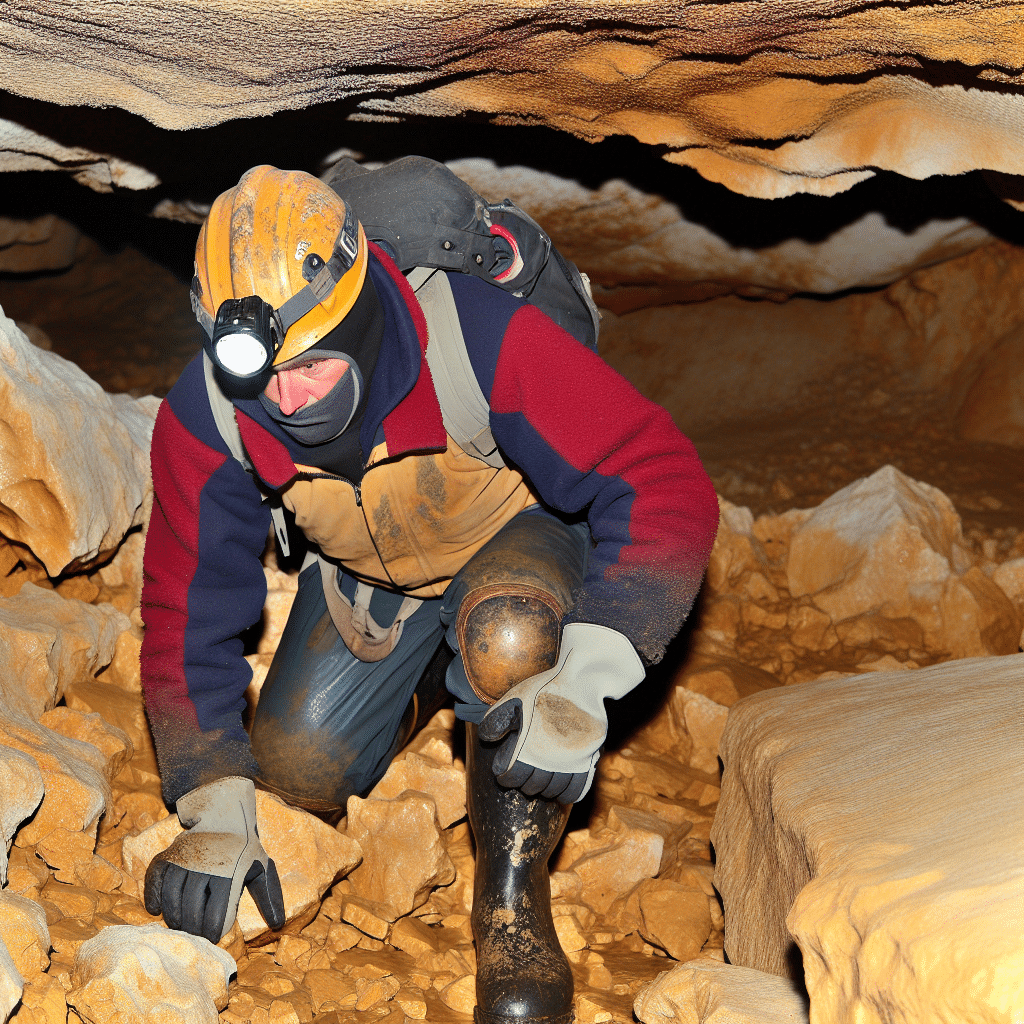When it comes to caving, also known as spelunking, the right clothing can make the difference between an exhilarating adventure and a miserable experience. The subterranean world presents unique challenges such as cold temperatures, wet conditions, and rugged terrains. This article delves into the essentials of caving clothing to ensure that your underground adventure is both safe and enjoyable.
Why is Caving Clothing Important?
Caving is not just a walk in the park; it involves navigating through narrow passages, climbing, crawling, and sometimes even swimming. Given the nature of these activities, appropriate clothing is crucial for several reasons.
Safety
Safety should always be your top priority in any adventure, and caving is no exception. Wearing suitable clothing can protect you from abrasions, bruises, and even minor injuries. For instance, long-sleeved shirts and durable pants can save your skin from sharp rocks and jagged edges.
Comfort
Comfort is key when you’re spending extended periods in a confined, dark, and damp environment. Proper clothing will keep you warm, dry, and flexible enough to maneuver through tight spots. The cave environment can be unforgiving, with temperatures often significantly lower than the surface. Therefore, thermal layers are essential to maintain your body heat.
What to Wear: The Basics of Caving Clothing
Base Layers
Start with moisture-wicking base layers. This inner layer should be made of materials like polyester or merino wool, designed to pull sweat away from your skin. This will help to keep you dry and comfortable, crucial for preventing hypothermia in the cold underground climate.
Middle Layers
The middle layer serves as your insulation. Fleece or wool are great choices as they retain heat even when damp. This layer will trap air close to your body, providing warmth without adding too much bulk.
Outer Layers
Your outer layer should be durable and water-resistant. A caving suit, often made of tough nylon or PVC, is ideal for this purpose. These suits are built to withstand rough surfaces and prevent moisture from seeping in, keeping you dry and protected.
Footwear
Footwear is a critical component of your caving attire. Opt for sturdy, non-slip boots that offer ankle support. Waterproof hiking boots or specialized caving boots can provide the traction and stability needed to navigate slippery and uneven surfaces.
Additional Caving Clothing Considerations
Headgear
A helmet with a built-in light is non-negotiable. It protects your head from low ceilings and falling debris while providing hands-free illumination, which is essential for navigating dark tunnels.
Gloves
Gloves are essential to protect your hands from sharp rocks and to provide better grip. Look for durable, water-resistant gloves that offer flexibility and dexterity.
Accessories
Don’t forget additional items like knee pads and elbow pads for extra protection during crawling and climbing. Also, a neck gaiter or balaclava can provide extra warmth and protection for your face.
Conclusion
Investing in proper caving clothing is a step you can’t afford to skip if you plan on exploring underground. From base layers to sturdy footwear, each piece of your attire plays a vital role in ensuring your safety and comfort. So, the next time you gear up for a spelunking adventure, remember that your clothing choices can significantly impact your caving experience. Prepare well, dress appropriately, and explore the subterranean wonders with confidence!




